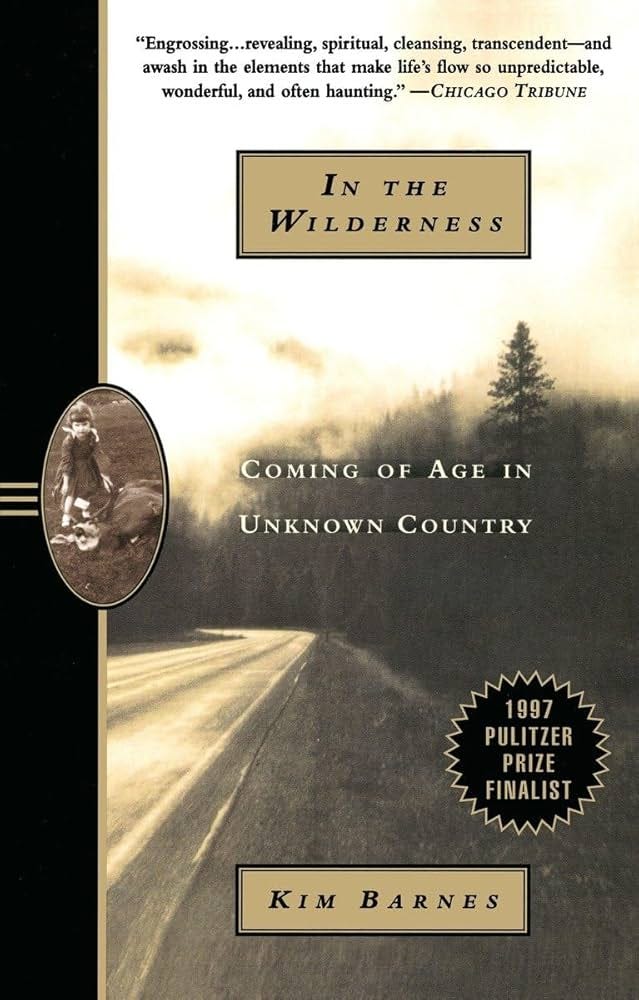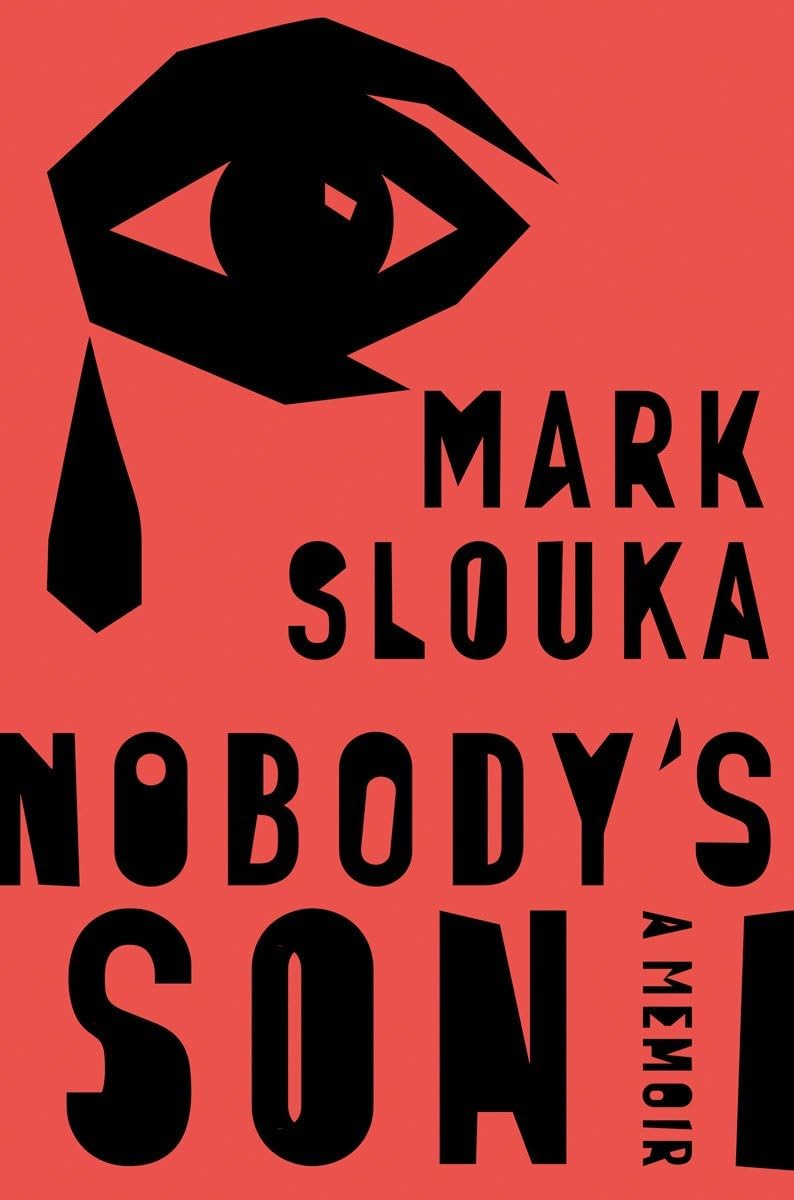
In his memoir Nobody’s Son, Mark Slouka recalls an afternoon when he caught a glimpse of his mother with her lover, a man he only ever names as “F.”
That summer Slouka and his mother were staying at a little cabin outside Telč, just west of the Moravian capital Brno. His mother’s affair wasn’t a secret. She told him one day that F. might be able to join her that evening, and Mark offered to “clear out” and give them some space. He was a teenager then, able to fend for himself, and he planned to go camping, come back the next afternoon. But late in the day he had to circle back for some of his things, and he caught a glimpse of the two up ahead. He didn’t surprise them in flagrante — he remembers it as a lovely scene.
Slouka prepares us for that moment by setting the mood during his long walk: “the white-edged clouds in the darkening sky, the lupines along the ditch, the rows of lindens that marked the road’s progress through the fields…the tired sound of the insects far off, like a conversation in a distant room.” It’s possible that these details are true; it’s equally possible that the feeling he associates with the memory has shaped some of those colors and sounds.
Then he sees the pair:
I’d gone around a bend in the road when I saw them and stopped. They were maybe a hundred yards ahead, walking through a tunnel of trees toward the light. The late sun was slanting across the field ahead of them, picking out the blood-spots of poppies in the grain. They had their arms around each other’s waists, and as I watched, my mother lay her head on his shoulder.
Characterization is a cornerstone of fiction. But because memoir has a backbone of fact, it takes conscious effort to shift from simply recounting names, dates, and summaries to more effective storytelling. So I want to think a little about how to turn real people like Slouka’s mother into characters, into the woman she becomes in his memoir.
Ira Glass once said that radio is a didactic medium — there seems to be more of a need for exposition in a soundscape, for the host to swoop in with the voiceover that tells us why we should care about what we’ve heard, what it all means. There’s quite a lot of this in the first season of Serial, where Sarah Koenig wrings her hands about whether or not to believe Adnan Syed, and also in S-town, where Brian Reed layers interpretations over snippets of tape.
Memoir is more like radio than like fiction in that regard. When the core of the material is real — audio clips and actual memories — a writer instinctively leans more toward moralizing than objectivity. As a result, our profiles of others tend to fall along more binary lines. The saintly mother fades into the background or never seems to shed her halo. The father becomes the steady anchor or the demon raving away at the edges. And in a strange way, these rigid characters, even if they are drawn from a well of personal experience, begin to drift from what others outside our lives might think of as truth.
There is no legitimate foundation to fall back on in fiction, not even in autobiographical novels or films based on true events. The entire world must be reinvented and stand on its own. And so the creative instinct is different: characters have to be interesting, more than cardboard cutouts, to feel worth our attention.
It still surprises me how much of a reader’s sympathy I take for granted when I begin a new essay. I forget that a reader needs to know above all what a character looks like physically, what their quirky mannerisms are, how they speak, how they act in certain situations, and how they react to others. Sometimes when one of those qualities is muted or suppressed, we must heighten another, as Kim Barnes does in her memoir In the Wilderness.

Her mother rarely spoke “except to offer and agree,” so Barnes accentuates her other attributes:
My mother grew her hair long until it hung in satin ringlets, which she backcombed and pinned into a shapeless mass. Her cheeks and lips remained clear, no trace of the paint a ruined woman might wear. Plain, wide-cut skirts brushed her legs mid-calf. Only the tiniest holes scarred the lobes of her ears. It is this mother I remember most, cloaked and colorless, her virtues defined by what she covered and erased rather than by what she presented to the world. She could not be aware of her own beauty, lest others become aware of it too. Because her husband was the hammer and she the nail, she built a house of acquiescence, allowing herself only the reward of steadfastness, holding the walls together with silent compliance.
To make people come alive in a memoir, we must imagine them as characters in literature. That is what a memoir is, after all, not an autobiography where this happens, then that happens, and then Ben Franklin falls asleep in a Quaker meeting. To turn real people into characters we must imagine our fathers and mothers less personally, at least for certain moments, the way a painter studies a nude — with great intimacy, but without the flush of desire.
Only then is it possible for a son to see his mother nestling against the shoulder of her lover and feel awe, even delight.
Slouka saves this moment for the end of his book, and that tunnel of light is a balm on many other unsavory memories. His mother physically attacks his father in one scene and is a paradox of nurture and hostility to her son, feeding him gourmet crêpes one moment and shaming him the next. It is a memoir saturated with pain, tracking his father’s death and his mother’s freefall into dementia. Even the title, Nobody’s Son, implies a root chord of alienation.

Grievance might be Slouka’s personal truth, but it is also the truth of any child whose parents are unhappily married. It takes work for the grown child to release those ashen memories, to feel compassion toward caregivers who were neglectful or cruel. This is one of the functions of art for us as artists, that it brings shape and order to our own brokenness. But it is also a gift that we give to readers: the ability to see as the artist sees, and thereby to escape the prison of our personal complaints.
Humor is often the safest way to do that. It’s the strategy Jonathan Franzen uses in “The Comfort Zone,” where he frames the absurdities of his family life with Charles Schulz’s comic strip Peanuts. Franzen writes, “I wonder why ‘cartoonish’ remains such a pejorative. It took me half my life to achieve seeing my parents as cartoons. And to become more perfectly a cartoon myself: what a victory that would be.” Naturally the cartoon can’t be all there is — Franzen’s essay has a lot of serious reflection, too. But caricature is just the right touch for Franzen’s parents as they bicker constantly over the home thermostat. Parody can even be a form of forgiveness.
But sometimes the artist’s eye requires us to see someone who has hurt us repeatedly, despite our need of their love and protection, as a human being with needs, whose cruelty might stem from her own wounds and who deserves in spite of all that to rest for a moment on the shoulder of a man who adores her.
It’s a courtesy we extend to Emma Bovary, Hester Prynne, and many other characters whose hunger for love won’t give them peace. Why not our own mothers, our own fathers?
I hope you’ll join me on Friday for an experiment. I’ve been thinking about grouped posts that I might plan more intentionally in 2025. One idea for a craft series is that I introduce or offer a fresh spin on a concept on Tuesday, then feature a text on Friday that shows mastery of that craft technique. I’ll offer a few thoughts on the reading and pose some questions, as I did for our Willa Cather read along, and the discussion thread on those Fridays will be reserved for paying members.
For this Friday, let’s read the first chapter of Patricia Hampl’s The Florist’s Daughter. The Amazon preview omits one page, but there’s enough of a taste here to think about how Hampl turns her parents into characters, lifting them from the didactic pages of memory into more timeless literary portraits.






Joshua - This idea of writing about people we know and love has been a roadblock for me in writing my own story. Obviously they have a real life and then they have the life in our minds as well. When that is all translated to a page it becomes another version, maybe something between the reality and the memory. It is difficult and not easy to do justice. I am excited about your new project and look forward to reading the "assigned" chapter. All the best, Matthew
Very interesting essay Joshua. I will surely remember this as I continue to write.
I have written a couple of essays about people I have known, one about the women in my bloodline, one about an influential woman I knew, and one about my dad. I attempted to portray them as multidimensionally as they were. I will have to go back and reread now with these thoughts in mind